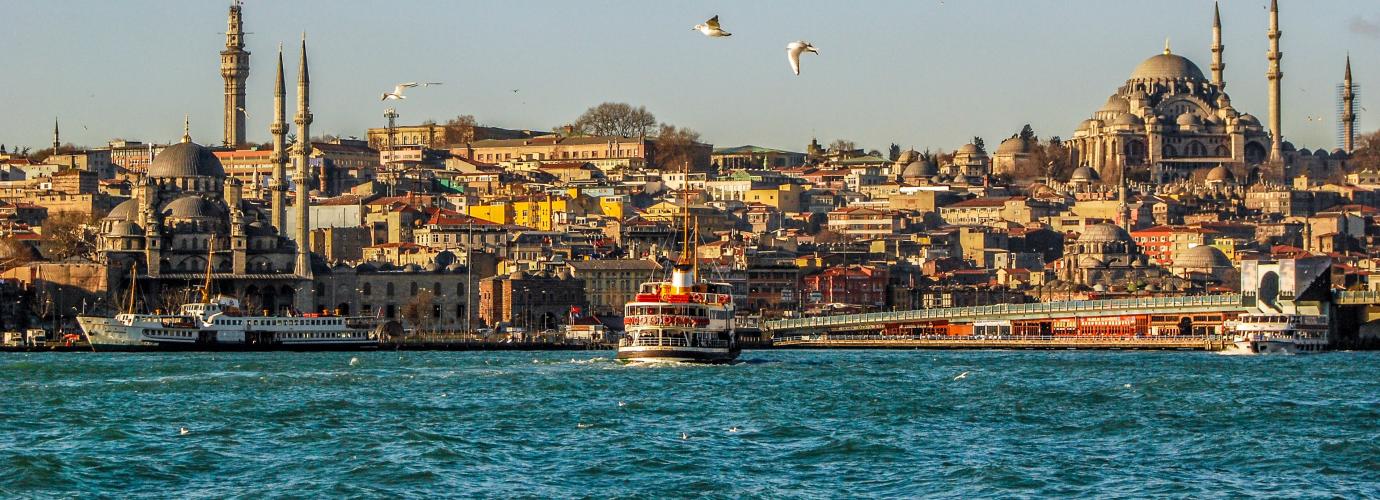Types of Institutions
General upper secondary education institutions consist of science high schools, social sciences high schools, Anatolian high schools, fine arts high schools and sports high schools. Science high schools aim to train students in the fields of science and mathematics; social sciences high schools aim to train students as scientists in the fields of literature and social sciences; fine arts high schools aim to provide students with basic knowledge and skills in fine arts and to train qualified people in the field of fine arts; sports high schools aim to provide students with basic knowledge and skills in physical education and sports and to train qualified people in physical education and sports.
Anatolian imam hatip high schools offer a holistic approach to education and training, providing basic Islamic sciences and science and social sciences education under the same roof, and offering various programs in which students study based on their interests, abilities and career goals in the context of TYMM. Along with basic Islamic sciences, science and social sciences, foreign languages, international, music, sports, traditional and contemporary visual arts, hafiz, child development and education, technology projects and programs are implemented.
Geographic Accessibility
For the geographical accessibility of general upper secondary education, the information on the geographical accessibility of upper secondary education applies.
Admission Requirements and School Preferences
In addition to the upper secondary education admission requirements and school preferences, students who have completed the 8th grade of middle school or imam hatip middle schools apply to the school directorate of only one of the different types of schools they want to study with a petition via e-Okul. The talent exam for student selection is conducted by commissions on the basis of departments. Students with special education needs and students who will receive education through mainstreaming/integration practices and foreign students under temporary protection are taken and evaluated by the commission among themselves (2024 Application and Application e-Guide for Schools Recruiting Students with Talent Examination).
Age Levels and Grouping of Students
For the age levels and grouping of pupils in general upper secondary education, the information on the age levels and grouping of pupils in upper secondary education applies.
Organization of the School Year
The school year is divided into two semesters and each semester includes a interim break. The dates for the start of the school year, interim breaks, semester breaks, summer vacation and the end of the school year are determined by the Ministry. The school year shall not be less than 180 working days.
Organization of the School Days and Weeks
Education is provided five days a week. The number of compulsory course hours is determined by the Ministry through weekly course schedules. The weekly course hours are 40 hours. However, in fine arts and sports high schools that admit students through talent exams, the weekly course hours may exceed 40 hours. One hour of class time is 40 minutes for all grades. There is a lunch break in full-day institutions. Breaks between classes cannot be less than 10 minutes and the lunch break cannot be less than 45 minutes. If necessary, classes may be held in blocks. Each block of classes is limited to two class periods.

